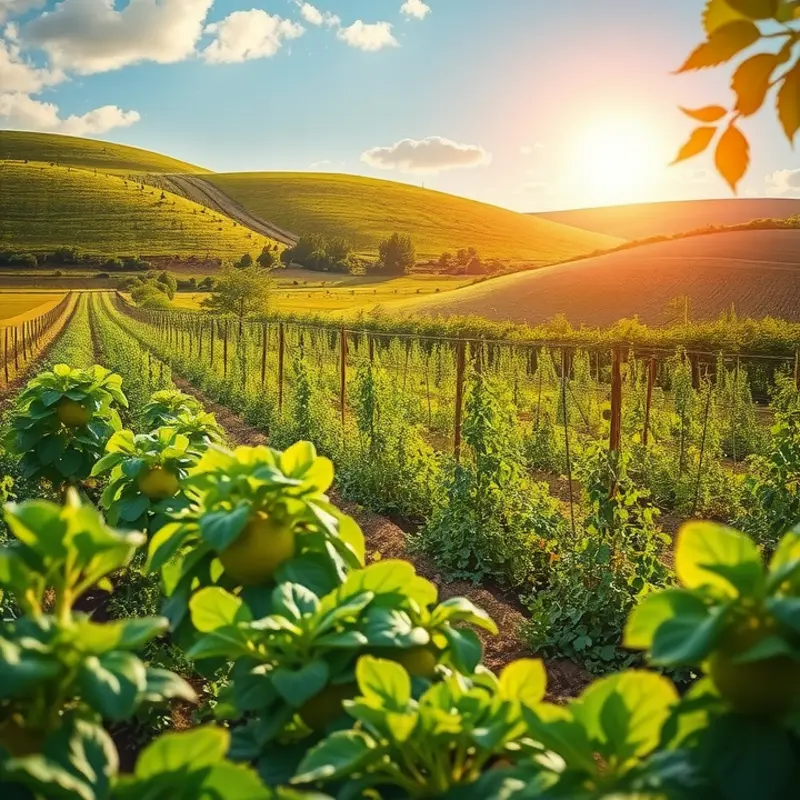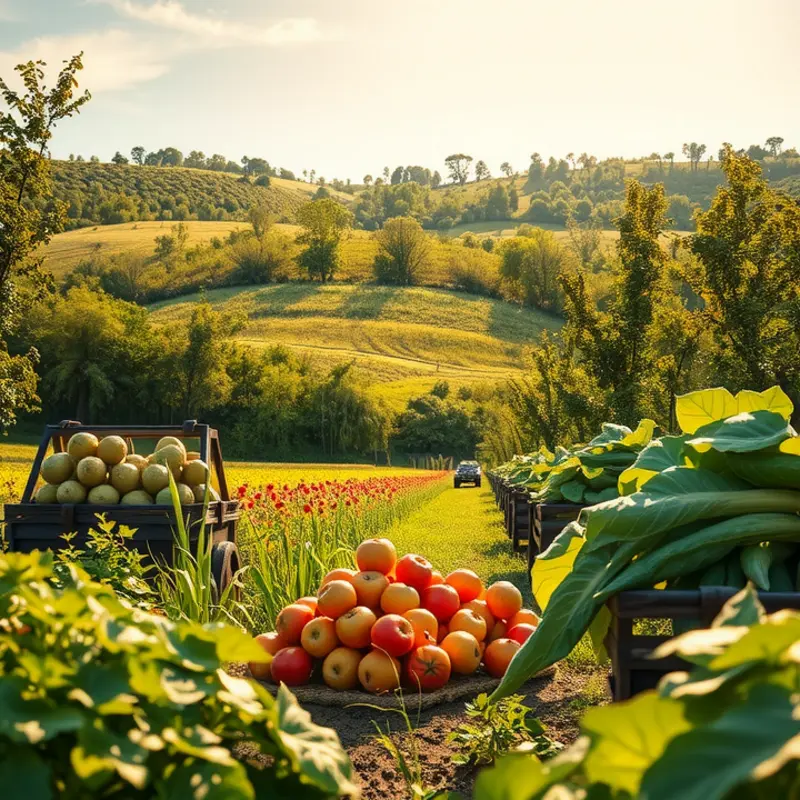Fruits are a vital part of a healthy diet, but keeping them fresh can often feel like a challenge. Understanding the right storage methods can significantly extend the shelf life of your fruits, reduce waste, and enhance your home’s food management. With some simple strategies, you’ll not only enjoy fresher fruit but also save money and minimize spoilage.
The Right Storage Techniques

Storing fruit properly is an art that balances temperature, humidity, and the right containers. Each type of fruit has an optimal method of storage that can significantly extend its freshness. Let’s explore how best to store different types of fruits, from sensitive berries to resilient citrus.
Temperature and Humidity
Temperature and humidity are crucial in preserving fruit quality. Most fruits thrive in temperatures between 32°F and 50°F. For instance, place apples in the refrigerator to keep them fresh longer, as they prefer cool, slightly humid conditions. Keep them in a crisper drawer, which is designed to maintain higher humidity. Berries, however, are highly sensitive to moisture and spoil quickly if not stored properly. They should be kept in the refrigerator and consumed within a few days. To manage humidity, store them unwashed in a shallow container lined with paper towels, allowing air to circulate.
Citrus fruits like oranges and lemons, on the other hand, are heartier and should be stored at room temperature, away from direct sunlight. Once fully ripe, refrigerate them to extend their life by several weeks. Citrus fruits do not require the same humidity control as more sensitive fruits, making them easier to manage.
Picking the Right Containers
Choosing the right containers can prevent spoilage and waste. Berries benefit from breathable containers that discourage moisture buildup. Mesh or perforated baskets work well, as do glass containers with loose-fitting lids. It’s crucial to allow some airflow, which helps inhibit mold growth.
For apples, store them in a cool, dark place in perforated plastic bags or containers designed to allow for some bushel airflow. This helps them remain crisp while preventing the buildup of ethylene gas, which accelerates ripening and spoilage.
Special Tips for Different Types of Fruit
Grapes should be stored in a breathable container in the refrigerator. Ensure they are washed and thoroughly dried before placing them in the fridge to avoid excess moisture, which causes them to spoil quickly.
Bananas prefer room temperature and should be hung to minimize bruising. If you want to slow down ripening, wrap their stems in plastic wrap. Keep bananas away from other fruits to prevent faster ripening.
Stone fruits like peaches and plums should ripen at room temperature. Once they are ripe, transfer them to the refrigerator to extend their shelf life by several days.
Remember, these storage techniques not only prolong freshness but also reduce food waste significantly. For more tips on reducing food waste, check out this low-waste cooking guide. By taking a few additional steps when storing your fruit, you ensure that your produce lasts longer and stays delicious.
Natural Preserving Techniques

Preserving the natural freshness of fruits without resorting to artificial preservatives is not only healthier but also quite feasible. Simple techniques involving common household ingredients can extend the shelf life of your produce significantly.
One of the most effective methods is using a vinegar wash. Acetic acid in vinegar is a potent antimicrobial agent that removes bacteria and pesticides, contributing to longer-lasting freshness. To create a vinegar wash, mix one part vinegar with three parts water. Submerge your fruits in this mixture for about 10 minutes. Rinse them thoroughly with water to remove any residual vinegar taste. This simple wash not only preserves but also cleans your fruits, preparing them for immediate consumption or storage.
Equally effective is the use of citrus juice sprays, a natural option for slowing down browning in fruits like apples and pears. Citrus fruits, such as lemons and limes, are rich in citric acid, which helps prevent oxidation. To make a citrus juice spray, squeeze the juice of one or two lemons into a spray bottle. Add water to dilute it slightly and shake well. Spritz this solution lightly over the exposed fruit surfaces. This method maintains the appearance and taste without altering flavors significantly.
Another approach to keeping fruits fresh is using breathable bags. These bags are designed to maintain the right humidity levels, reducing moisture buildup and allowing gases like ethylene, which accelerates ripening, to escape. If you don’t have specific bags on hand, you can prolong the life of your produce by using a perforated plastic bag. Simply poke a few holes in ordinary plastic bags to let air circulate properly. Proper air circulation reduces the chance of molds and decay.
For those committed to low-waste living, these techniques align with sustainable practices. Embrace eco-smart kitchen storage to further minimize food waste and environmental impact.
Monitoring the type of fruits and their individual needs is crucial. For instance, keep bananas away from other fruits as they emit more ethylene gas, which can trigger ripening processes in other produce. On the other hand, storing apples with potatoes can prevent the sprouting of the latter due to the same gas emissions.
Implementing these natural methods into your everyday routine not only aids in maintaining the quality and flavor of your fruits but also supports a healthier and more sustainable lifestyle. Experiment and find which combinations work best for your storage conditions and personal preferences. Your fruit bowls will not only look inviting but stay deliciously fresh for longer.
Final words
Keeping fruit fresh naturally is not just about effective storage; it involves understanding your fruits’ unique needs and applying methods that promote longevity. By utilizing the right techniques, such as proper temperature management, innovative storage solutions, and natural preservation strategies, you can enjoy your fruits at their peak for longer periods while reducing waste. Implementing these practices will create a more organized, efficient kitchen, allowing you to relish in the joy of fresh, flavorful fruit every day.







